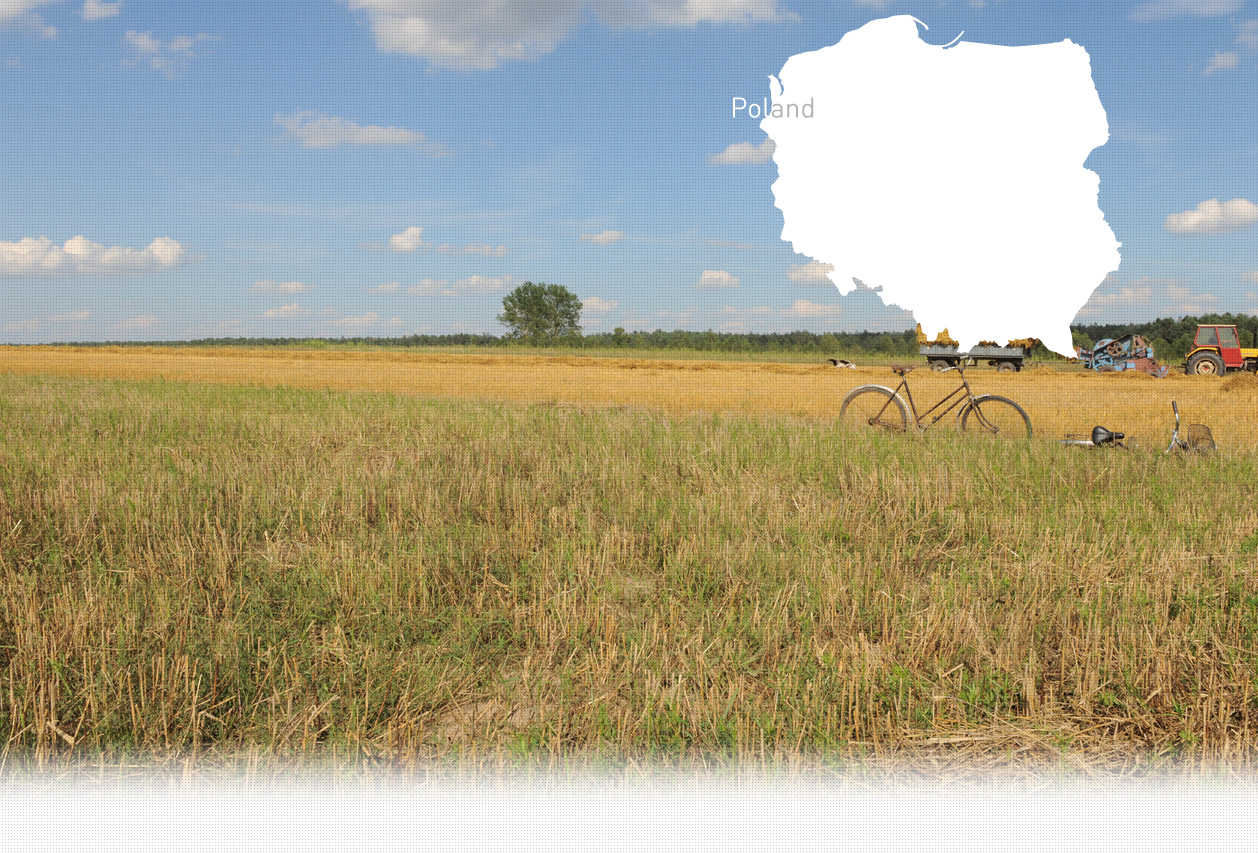

2 Sitio(s) de ejecución
Zenon J., born in 1927: “At the beginning of the war, Jews were still able to live in their own homes. It was relatively quiet, though the Germans conscripted young Jews for forced labor, making them maintain order, clean roads, and weed fields. A Jewish neighbor, Mendel, was deported to the camp in Pustków but never returned. His wife was left behind with their daughter. In 1942, they were taken, along with other Jews, to be executed in the Krajowice forest. The roundup began early in the morning, around 7 a.m. We had been warned to stay indoors for fear of reprisals, but as my house was close to the gathering place, I could see what was happening. The Germans were forcing Jews out of their homes and assembling them in the market square. A large number of Germans and members of the Hitler Youth (Hitlerjugend) were present that day. The gathering continued all day, and by late afternoon, everything had gone silent. Some Jews managed to hide, but only a few of the youngest ones. The rest—mainly the elderly and children—were loaded onto trucks and taken to Podzamcze/Krajowice forest, about 6 kilometers away, near Jasło. Later, I spoke with one of the Junaki (members of the Baudienst labor service) who had been forced to bury the bodies. He told me the Jews were stripped naked and executed with automatic machine gun fire. All the victims were buried in a single mass grave. Today, a memorial stands in the forest to commemorate the Jews who were killed there.” (Witness N°1571P, interviewed in Nagoszyn, on August 1, 2024)
Kołaczyce is located 10 km (6 miles) north of Jasło. In 1921, the town had a population of 1,348, including 104 Jews. The Jewish community was part of the Frysztak religious community but maintained its own rabbi, Tzvi Elimelech Teitelbaum. Hasidism played a significant role among the local Jews, who coexisted with the Polish population while preserving their distinct cultural and religious traditions.
The community worshipped at a wooden synagogue, modest in design but central to their religious life. According to witnesses interviewed by Yahad, the synagogue became a vibrant gathering place every Saturday for prayers and the celebration of the Sabbath. However, Kołaczyce did not have its own Jewish cemetery. Instead, deceased members of the community were buried at the Jewish cemetery in Frysztak, 17 kilometers away.
Economically, the Jewish population of Kołaczyce was active in commerce. They operated shops and sold goods such as bread, and they frequently participated in markets in nearby towns like Jasło, Gorlice, and Krosno. Witnesses recall a prominent merchant named Berdl, who traded in shoemaking supplies like leather and tools. Berdl had a family with a son and a daughter; it is believed that his daughter emigrated to the United States before the Holocaust.
Education in Kołaczyce was shared between Jewish and Polish children, who attended the same seven-class school in the town.
At the outbreak of the Second World War, 203 Jews lived in Kołaczyce. After German troops occupied the region in September 1939, they established a Judenrat in the town, which coordinated forced labor assignments for the Jewish community. The workers were overseen by a six-man Jewish police unit and were often sent to work at the stone quarry in Stępina, where they were forced to sing during their labor as an additional humiliation.
In 1941, a ghetto was established in Kołaczyce. Jews from nearby villages, such as Sowin and likely Bieździedza, were ordered to relocate to the ghetto within 24 hours. By August of that year, a Judenrat census recorded 298 Jews in the town, including 82 deportees. Many residents of the ghetto lived in overcrowded conditions, with some taking refuge in the synagogue. On August 12, 1942, the ghetto was further filled with Jews transferred from the Brzostek ghetto and surrounding villages, swelling its population just as the liquidation of the ghetto began.
The Germans rounded up Jews from their homes, gathering them on the soccer field. Witnesses Michał M. and Anna M. described the selection process: young and able-bodied individuals were sent to work at the Pustków labor camp, while the elderly and infirm were taken away for execution near Jasło. Approximately 260 Jews were transported to the Podzamcze Forest near the villages of Krajowice and Jasło, where they were killed in a mass shooting supervised by the Gestapo from Jasło. Members of the Baudienst were forced to dig graves for the victims. Witnesses recounted that Jews were marched to the pits in groups of ten, forced to undress, and then shot.
Several Jews were also executed within Kołaczyce. On August 15, 1942, five Jews were killed in town, with another five shot in September of the same year. A family of five, the Waltzes, was executed on the bank of the Wisłoka River. Additionally, a Jewish woman was killed in the courtyard of a house for failing to wear her armband. These victims were initially buried at the execution sites, with their bodies exhumed after the war.
¿Tiene información adicional con respecto a un pueblo que le gustaría compartir con Yahad?
Por favor contáctenos a contact@yahadinunum.org
o llamando a Yahad – In Unum at +33 (0) 1 53 20 13 17